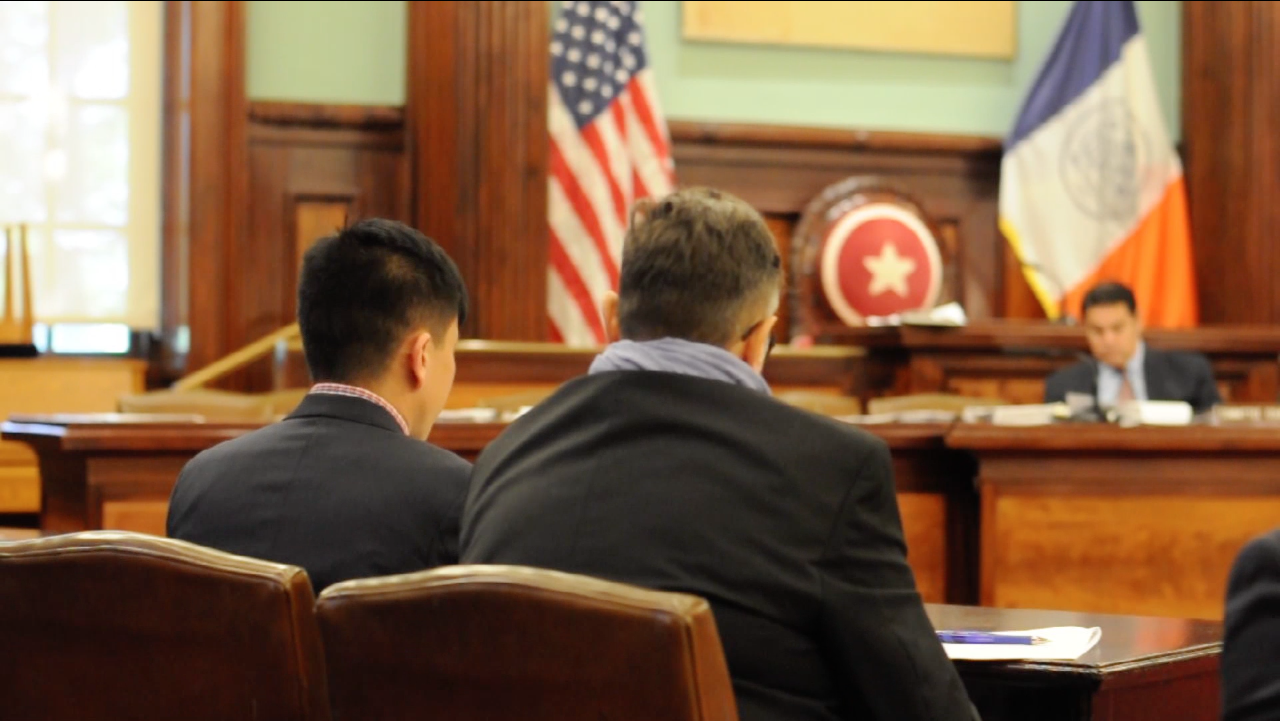
LGBT asylum: The people
There are an estimated 267,000 undocumented LGBT people in the undocumented immigrant population in the US, according to Gary J. Gates in,“LGBT Adult Immigrants in the United States.” Of these 180,000 are male and 87,000 are female. The majority of this population is between the ages of 19-29.
Of the estimated 737,000 documented LGBT people in the US, 362,000 are male and 275,000 are female.
Asylum seekers choose to leave their home country because their lives are in danger. They are leaving discriminatory regions in hopes of more tolerant ones. Brazil has the highest rate of homophobic crimes with Mexico coming in second. Although some countries don’t have civil laws against same sex relations people are still victims of hate crimes.
As time goes on more and more countries are dropping their anti-gay laws.
Punishment for breaking these laws include fines, short and long prison sentences, hard labor, forced psychiatric treatment, banishment, whippings, and public stoning. Most countries put citizens in jail for long periods of time such as Barbados, Afghanistan, and Belize.
LGBT asylum: The detention centers
The U.S. Immigration and Customs Enforcement (ICE) detains between 380,000 to 442,000immigrants per year. Since the 1990s, the amount of immigrant detainees has increased, prompting ICE to look to the private sector to house illegal immigrants.
Recent ProPublica findings reveal that there are around 130 private detention and correction facilities in country. According to Detention Watch Network, a national NGO which monitors U.S. immigrant detention, the largest for-profit detention center in America is Corrections Corporation of America (CCA). With over 65 corrections and detention facilities throughout 19 states, the CCA is a powerful and relatively silent Washington lobby. Between 1999 and 2009 – a decade marked by high levels of illegal immigration – Corrections Corporation of America outspent any other private detention corporation, lobbying $18,002,000 to the Federal government.
It is common nationally for transgender women detainees to be housed within the male population where the risk of sexual harassment or assault is high. In a June 2015 memo, ICE issued guidance on placement of transgender detainees in housing that corresponds to their sexual identity.
LGBT asylum: The politics
Since the passage of the 1996 Anti-terrorism and Effective Death Penalty Act (AEDPA) and the 1996 Illegal Immigration Reform and Immigrant Responsibility Act (IIRAIRA), detention populations have increased dramatically.
In 1996, detention facilities across the US maintained about 8,500 immigrants at a time. According to the ACLU, after the passage of these two laws, which enacted mandatory detention for immigrants awaiting trial, the detention population nearly double in two years to 16,000.
ICE yet again saw this number increase after implementing bed quota policy in 2010, which mandated that detention facilities across the US “shall maintain a level of not less than 33,400 detention beds.”
Though ICE maintains that they do not keep a quota on the number of detainees they hold, critics argue that the policy incentivizes the detention of low-priority immigrants who would otherwise be released under supervision.
Critics of the policy believe that the bed quota impedes ICE from following their own Risk Classification Assessment (RCA) tool created in 2013, which recommends the release of detainees with “special vulnerabilities,” such as those in the LGBT community. ICE later announced that their RCA tool was insufficient in deciding whether a detainee should be released or not.
Immigration Equality attempts to influence policymakers at the local and national level by leveraging their experience in the detention system. According to the organization, they are currently focusing on ensuring that no LGBT immigrants are deported as well as encouraging ICE to seek alternatives to detention and deportation that put the community at greater risk of harm.
“We’ve helped recommended screening procedures for when people are initially detained to make sure that they’re identified as people who are vulnerable,” said Lee. “We make sure that these people who would otherwise have very little voice in these matters are otherwise heard.”
Sources:
ICE detention center footage courtesy of Death for Profit by Brave New Foundation at www.archive.org.
New York City Hall photo licensed for reuse by Read Media.

